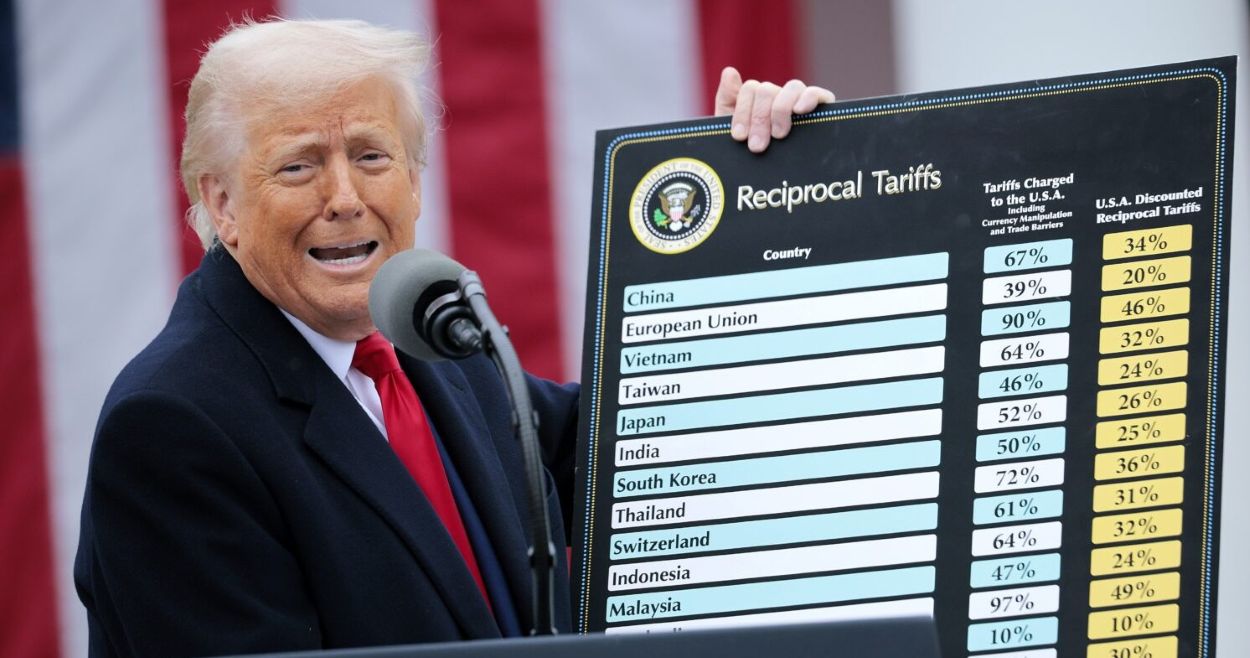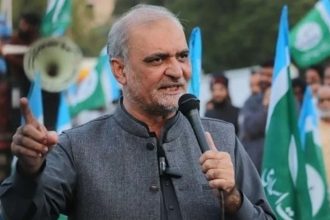On Wednesday, April 9, 2025, President Donald Trump intensified the US-China trade war, raising tariffs on Chinese goods to 125%, up from 104% effective immediately.
Hours earlier, China had responded to the initial tariff increase by imposing an 84% levy on US imports, up from the previous rate of 34%. Trump, through TruthSocial, stated that this action was an effort to stop China from “ripping off” the US. He also announced a 90-day pause on tariffs for other countries, maintaining their rate at a baseline of 10%.
NEW TRUTH SOCIAL FROM PRESIDENT TRUMP:
🇨🇳125% TARIFF ON CHINA
🌎90-DAY PAUSE & LOWERED 10% RECIPROCAL TARIFF FOR OTHER COUNTRIES
🚨EFFECTIVE IMMEDIATELY pic.twitter.com/Gt5Bd6276m
— The White House (@WhiteHouse) April 9, 2025“Over 75 countries reached out to negotiate and didn’t retaliate, thanks to my strong suggestion,” Trump posted, justifying the pause. This dual move hammering China while sparing others—followed a day of tit-for-tat levies that rattled global markets.
India, facing a 26% US tariff from last week, welcomed the breather. “We’re studying the implications and working on a trade deal,” said Ministry of External Affairs Spokesperson Randhir Jaiswal. Indian markets, battered by recent tariff fears, may stabilize as New Delhi gains time to negotiate with the US.
The pause in Trump’s tariff approach indicates uncertainty. After promising to impose pain for economic gain during downturns in the U.S. market, this change suggests a strategy focused on negotiation leverage rather than permanence.
Read: Trump to Hike Tariffs on Chinese Imports to 104% Starting Wednesday
Treasury Secretary Scott Bessent supported this as a “strategy,” stating to AFP, “Trump put China in a difficult position.” However, mixed signals from both aides and Trump himself, who indicated that “tariffs can be permanent or a tool”, leave the ultimate goal of the policy unclear.






